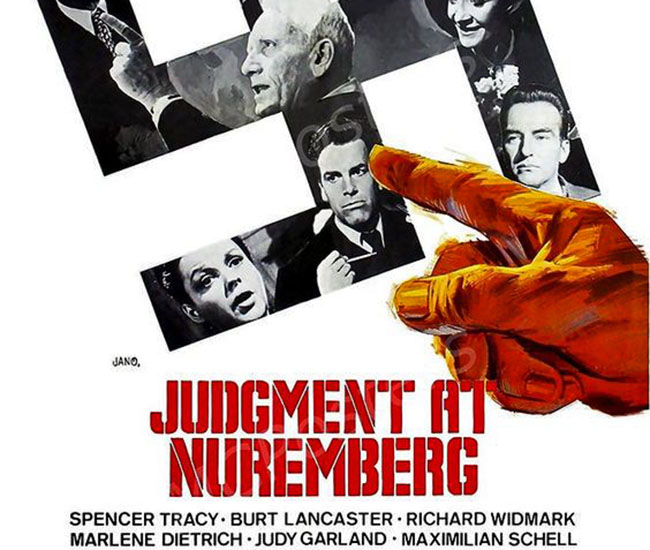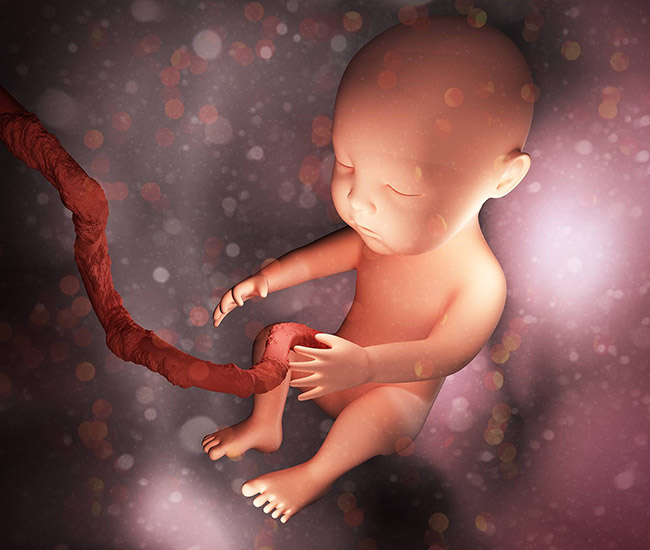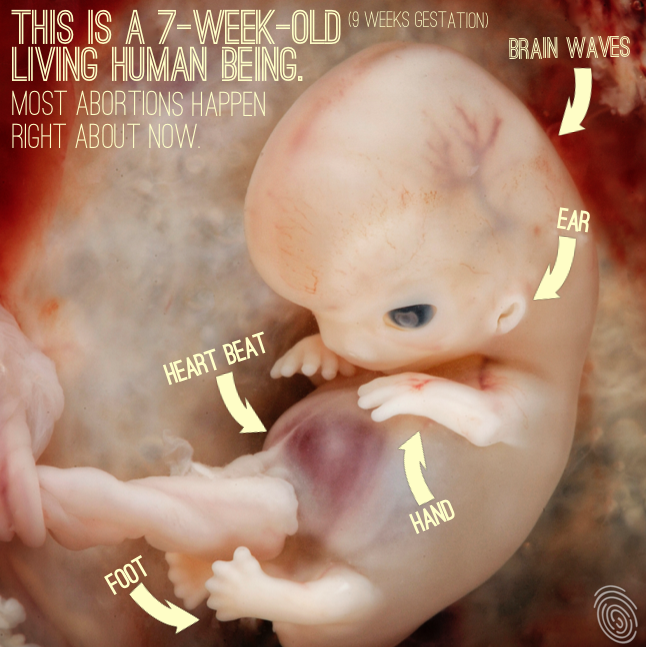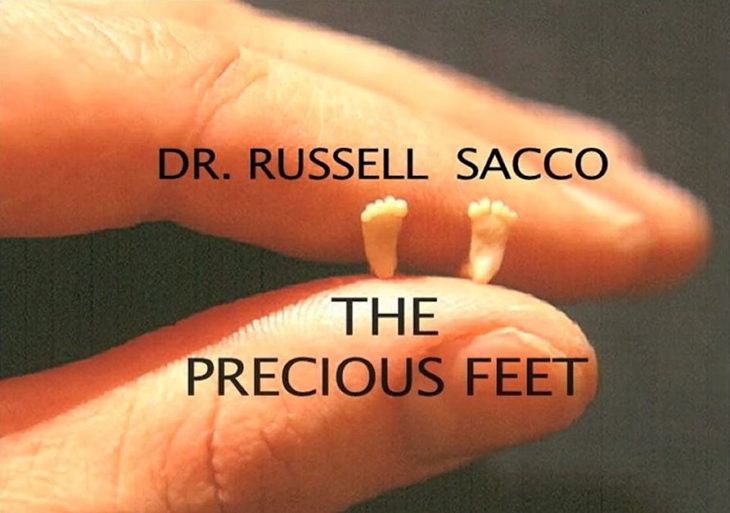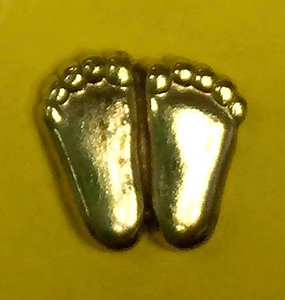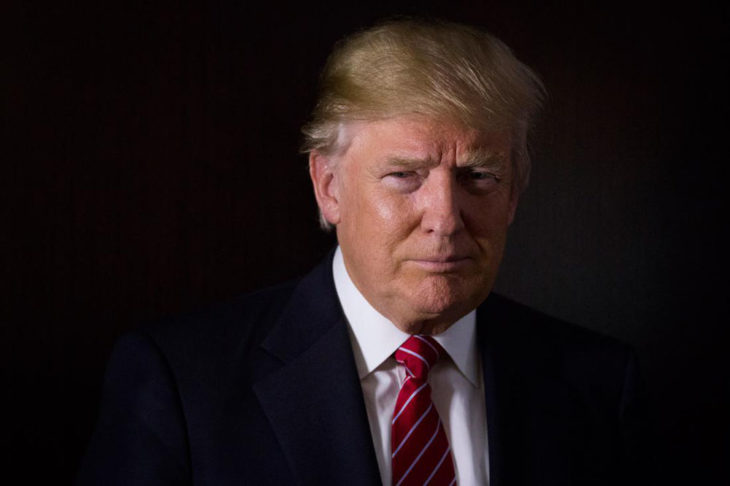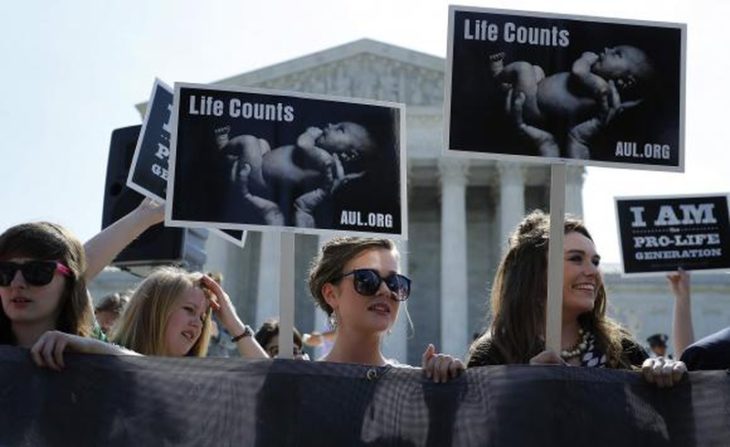With Trump we have a chance. With Clinton we have no chance. This meeting was not about Trump’s Christian knowledge or virtues, but rather where he wants to take the country. I was one of over 1,000 Christian Leaders “inside the room” for an historic meeting with Donald Trump.
Christian leaders from all over the U.S. gathered to ask Donald Trump tough, specific questions about his policy and intentions should he be elected President. Event organizers originally requested Dallas, Texas as a central location for this meeting, hoping to attract some 200-300 national Christian leaders. But the only opening on Trump’s schedule was in NYC for 20 minutes, 30 days out. So they took the date.
A screening committee sent out invitations to about 1000 Christian leaders. With the high expense of flying into and staying in NYC, and with the date less than 30 days away, they reserved a room for only 100 people at the Marriott Marquis in Times Square. Each person who accepted the invitation then had to be vetted, both by security and by the Secret Service. Once cleared, each was notified by phone.
Despite the short notice, response was off-the-charts. Almost every person invited accepted the invitation, with many more requesting inclusion. Ultimately there were over 1000 in attendance. Security was tight, including three checkpoints plus Secret Service security.
At my table, I was astonished to be sitting with: a registered lobbyist for George W Bush, a Congressional candidate from North Carolina, a Florida Christian TV station owner, and Chairman of the Board of the Washington Times, also Steeling conference speakers in the room.
After opening remarks by conference organizers, Jerry Falwell Jr. spoke, then Franklin Graham. Both attested to the authenticity of Donald Trump. Polling official George Barna presented several charts, showing that Trump has a genuine path to victory if Christians vote. But in the last Presidential election, some 40 million Evangelicals stayed home – literally making the difference in the election.
Then Ben Carson spoke for about 20 minutes. His easy and soft-spoken style easily warmed the crowd. He pointed out that Trump had a bad three weeks, and Clinton had a good three weeks, and yet the race is still close, virtually tied. His main point was that Trump is a proven leader. He’s certainly not a politician, always worried about offending someone. And that’s what we need, a leader, not a politician.
Next came Huckabee, who moderated the discussion. Before introducing Trump, he made the point that we’re not voting on a pastor, or a Pope, but rather a leader. A leader who is quite different from the past, one who is able to change the status quo. He explained that this meeting was not about Trump’s Christian knowledge or virtues, but rather where he wants to take the country – and where we’re headed if Trump is not elected.
The biggest concern centered around the Supreme Court. The next President will appoint at least one, and up to five, new Supreme Court Justices. The Second Amendment, public bathroom policies, prayer in public places, churches’ tax-exempt status, etc. will likely be settled by the next President’s appointees.
When Trump was introduced, he didn’t speak from the podium, but rather sat with Huckabee on the stage, fielding questions for 90 minutes. (So much for the 20 minutes originally allotted – Trump truly wanted to be there!) No press was allowed, only Trump and the Christian leaders. Several prominent Christians asked Trump questions directly from the floor – James Dobson, Ralph Reed, Tony Perkins, etc. Most felt religious liberty was at stake in this election, saying that if the policies Obama has set in motion were allowed to continue, Christians would eventually have no liberty. Harassment of Christian organizations would continue and increase.
Through it all, Trump answered each question with solid answers, acknowledging each problem cited and explaining how he would take care of that problem. He seemed to be genuinely concerned about changing the dangerous direction of our nation. He addressed many subjects including the Supreme Court, national defense, border problems, Christian persecution, his pro-life stance, Israel, healthcare, education and energy.
Trump left to a standing ovation. Many who arrived unsure if they would vote for him, left convinced of how much is at stake in this election if Trump is not elected. Attendees came away knowing that if Clinton is elected, our nation’s current path WILL lead to disaster. If we don’t turn the ship now, we’ll soon be like socialized Europe – a disaster getting worse by the minute. Even the problems Venezuela is facing, with the population literally fighting for food, is not out of the realm of grim possibility. Don’t think it can’t happen here.
Afterwards, more questions were taken, addressed to a panel of Christian leaders. Subjects included dismantling the military, Christian business rights, etc. and were discussed in length.
At the end of the meeting was prayer. With few exceptions, the entire room knelt on the floor in corporate prayer for our nation. What a sight – some 1000 Christian leaders in their Sunday best, on the ground praying together. Who knows how God will move? Our hope is in Christ; our prayer is that even should the Lord take out His Church at the Rapture, He will take us out in revival, not out of spiritual disaster. We must finish well.
I love the Constitution more than I dislike Trump. He will attempt to change the direction of this nation. With Trump we have a chance. With Clinton we have no chance. Be thankful we still have a chance and Please VOTE your conscience on November 8!


